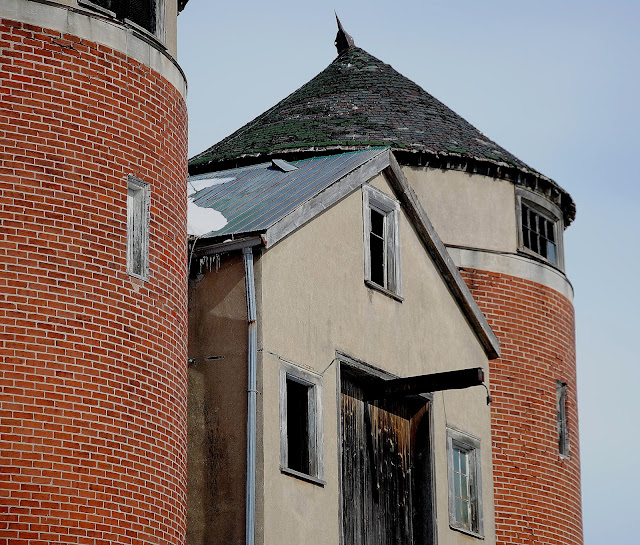Photo by Barry Wallace
Heavy horses on a farm between Snowball and Kettleby
In 1885, A Brief History of Canada and the Canadian People, published in Toronto, included a report on the status of agricultural pursuits in King Township and it stated that in 1881 there was a population of 2,917 horses in the township. Apparently, there were also 4,088 cattle, 5,337 sheep, and 2,282 hogs. The report stated: "Stock raising is carried on to a greater extent in King than in any other township in the country". The late 1800s was probably the zenith for horse-rearing in King Township, as self-propelled farm machinery was about to huff-and-puff across the land. 131 years later, no one would suggest there are almost 3,000 horses in King. Let's see now...that would be 100 farms with an average of 30 horses each. No, I don't think we're there. It would be interesting to know what that number is however. Meanwhile, King Township and many of its citizens are avid promoters of the idea that King Township is the horse capital of Ontario, perhaps all of eastern Canada. I, for one, never tire of driving the concessions and sideroads and seeing all that horseflesh. What beautifully made creatures...and almost in our backyards.
Please comment if you wish.
Barry Wallace



















































